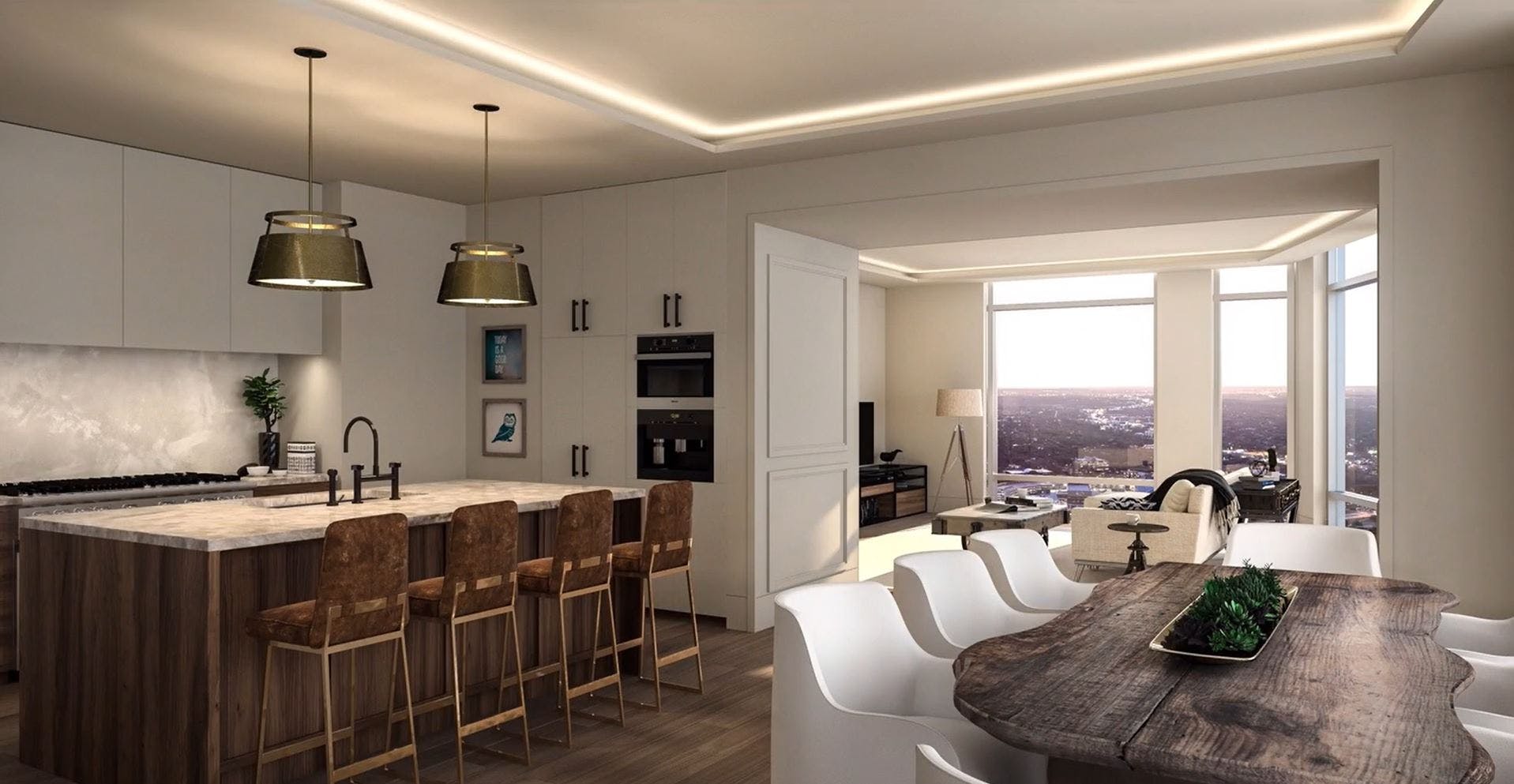
Laura Watts
Art Director
Creative Director
Strategist
Graphic Designer


Paying Attention to Detail is Crucial
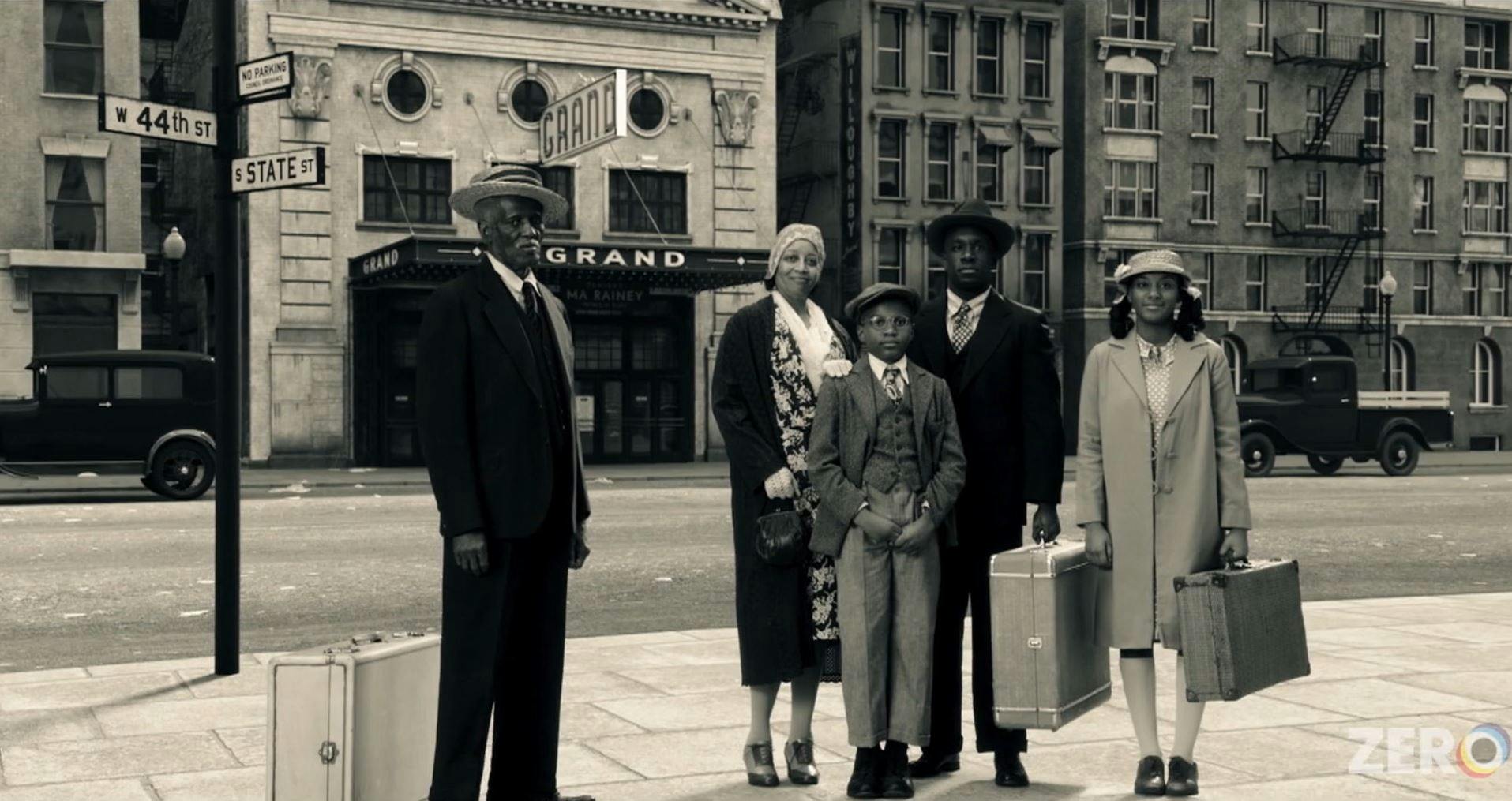
Adam Blair: I started to get interested in 3D in high school after taking an emerging tech class. I decided I wanted to pursue a career in 3D after watching “The Animatrix” back in 2003. After that, I went to the 3 studios doing 3D work in San Antonio, TX and found one that was willing to help me learn more about the tools they used. While going to high school and working a server job, I spent my extra time in the studio learning from the other 3D Artists.
I spent 3 years at 1080 Entertainment, where I worked on Jurassic Fight Club and Engineering an Empire (Egypt) for the History Channel. While at 1080, some of my co-workers were graduating from The University of the Incarnate Word, where their major was 3D Animation. I admired their work, so I decided to attend college there. I graduated in 2013 with a BFA in 3D Animation. Since then, I’ve worked on 3D applications for court cases; trained nuclear inspection agents at Los Alamos National Lab; worked with architecture companies, and for over 12 feature films.
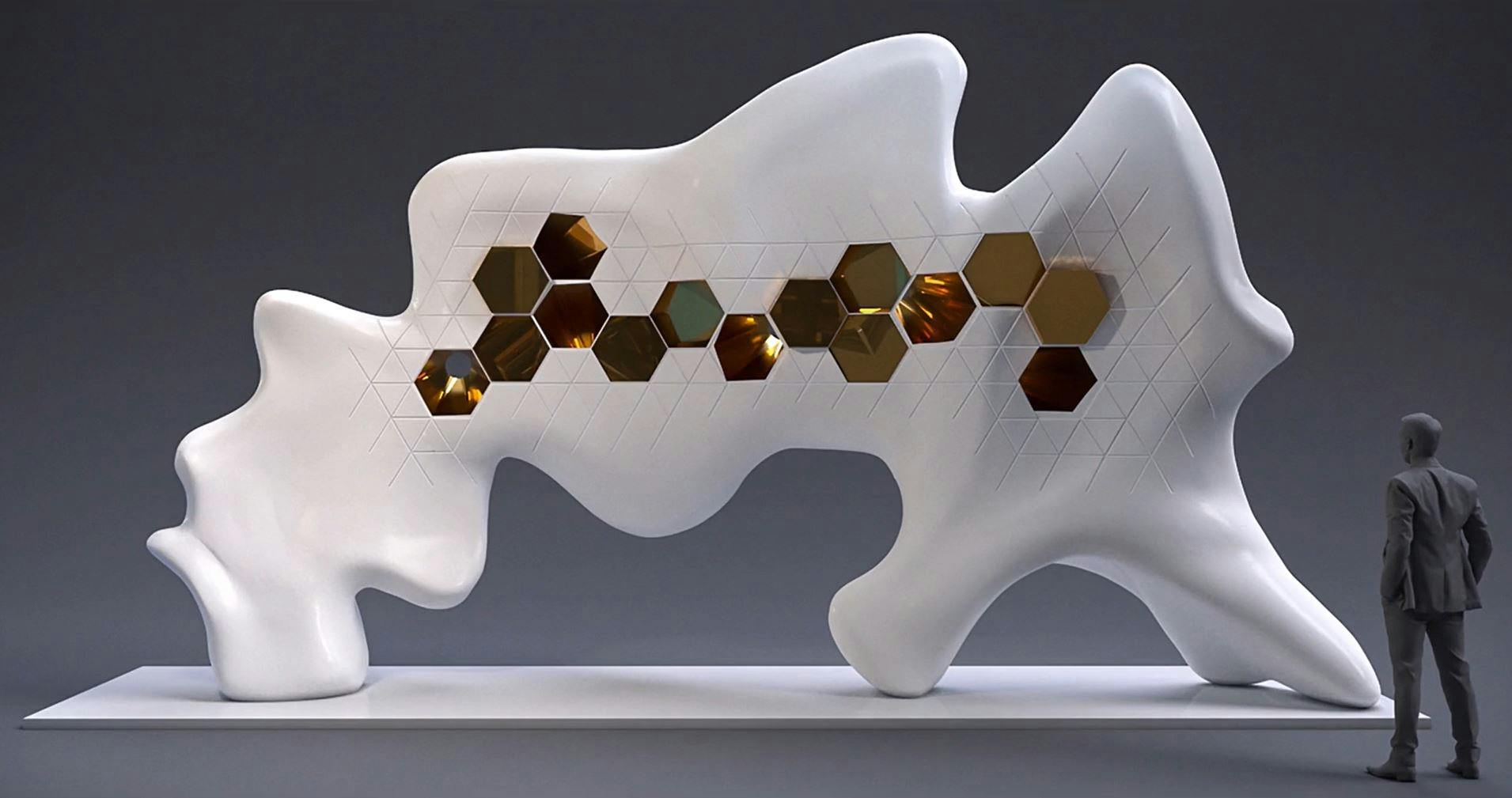
Adam Blair: Determination is a great quality to possess. It can be tough work, so persevering when things get hard is a must. Attention to detail is a key skill. Attention to detail not only in things like texture but also color, material, layout, and animation.

Adam: Working in various fields while under a 3D Artist position has helped me become a well-rounded artist. Working on dinosaurs for Jurassic Fight Club helped me understand how to recreate something organic in a 3D form. Working for architects helped me learn how buildings are constructed. It also taught me how to use aperture, shutter speed, ISO, and chromatic aberration to create a more realistic photograph.
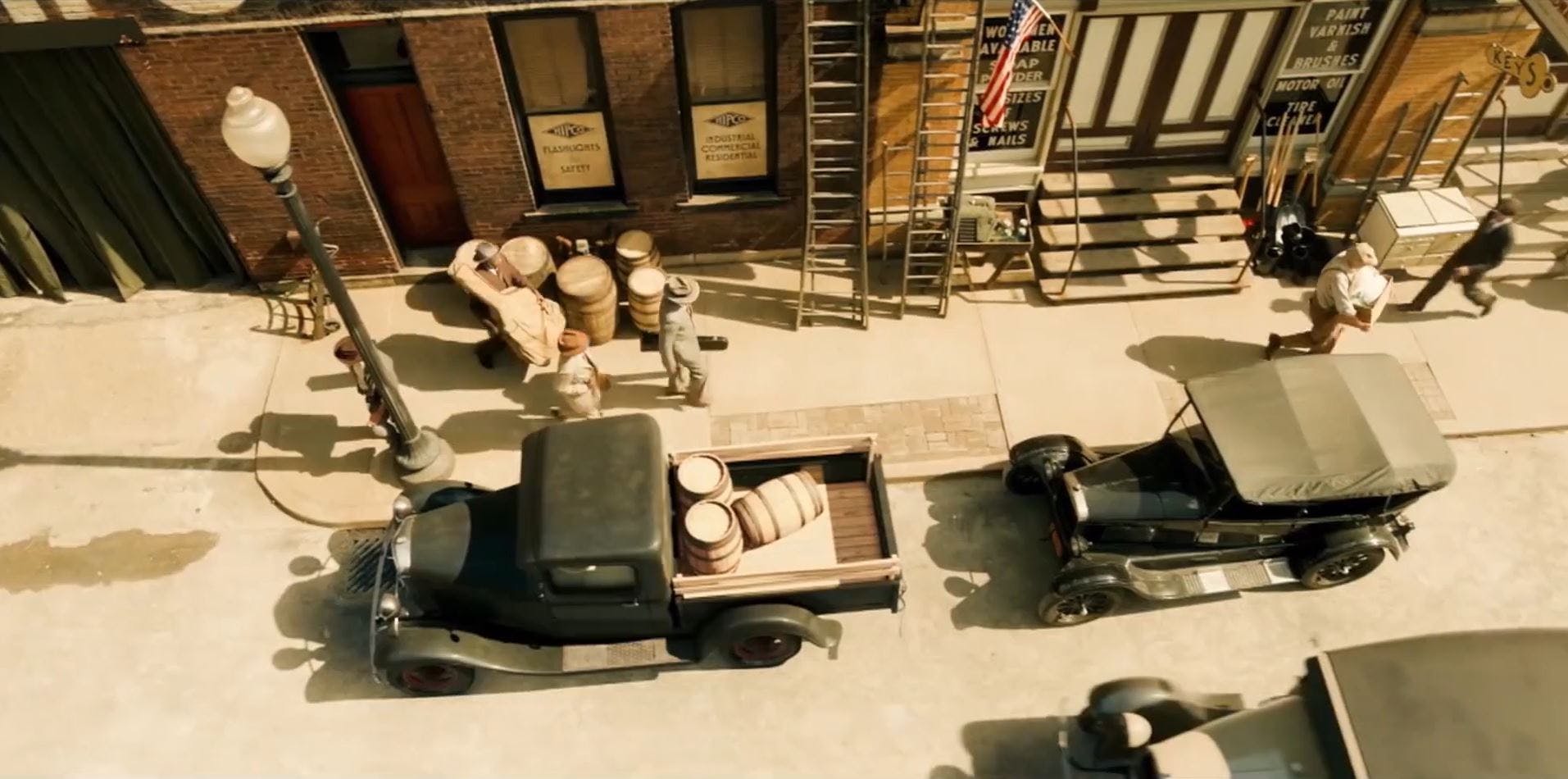
Adam: For “Little Women” and “Ma Rainey” my main role was a 3D Tracking Artist. That’s where I learned how to use 3D Equalizer to track shots and get them ready for the 3D and Composition Artists. For “Ma Rainey,” I got to contribute more on the 3D modeling side.
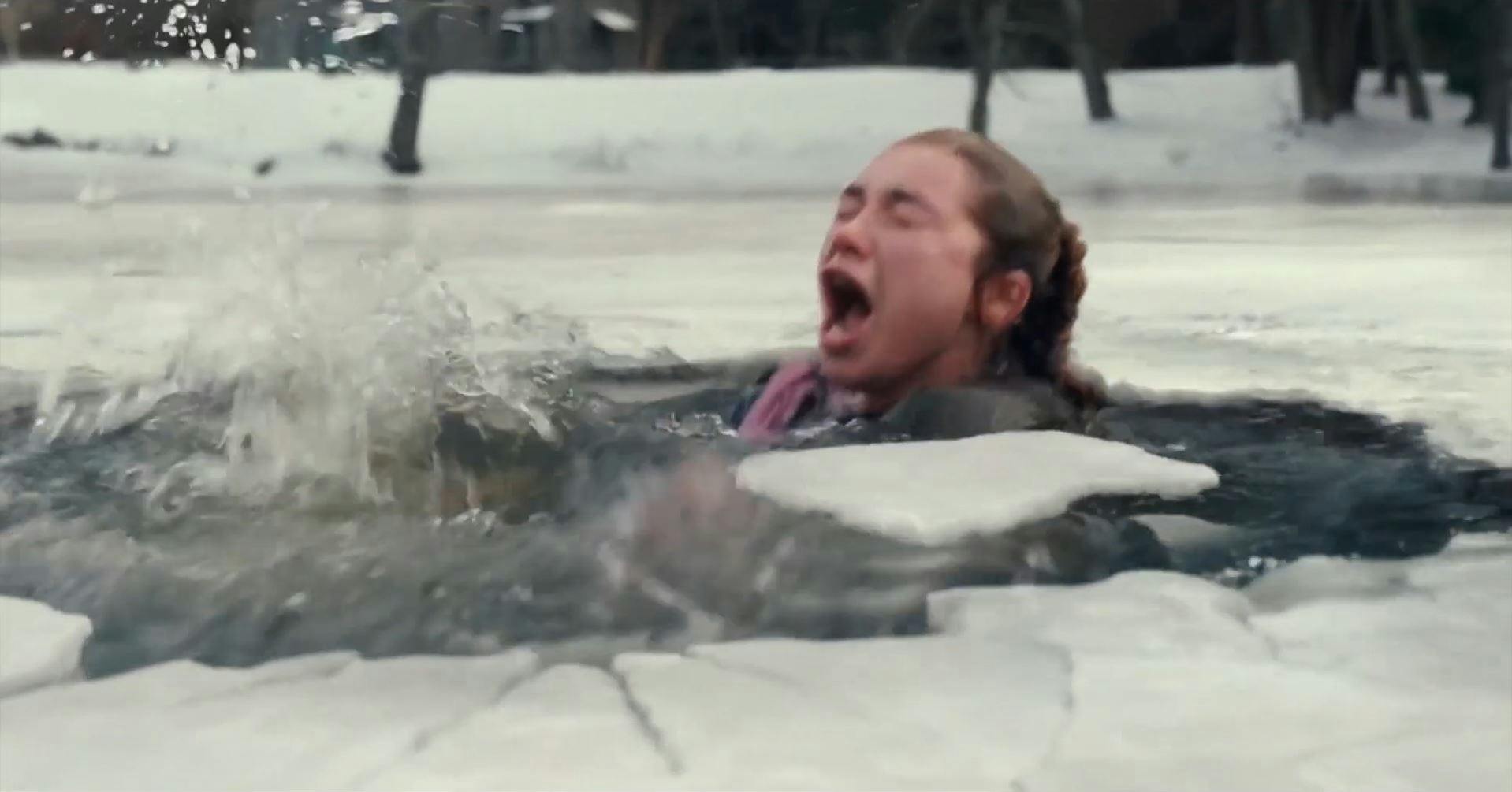
For “Dr. Strange in the Multiverse of Madness,” my position was a Postvis Artist. This meant that I would take a shot from Marvel with the blue or green screen and track the camera; add set extensions; create character animation, lighting, and effects; render and composite the shot. I would take a shot from beginning to end. For Dr. Strange, I mainly worked on the scenes with Reed Richards.
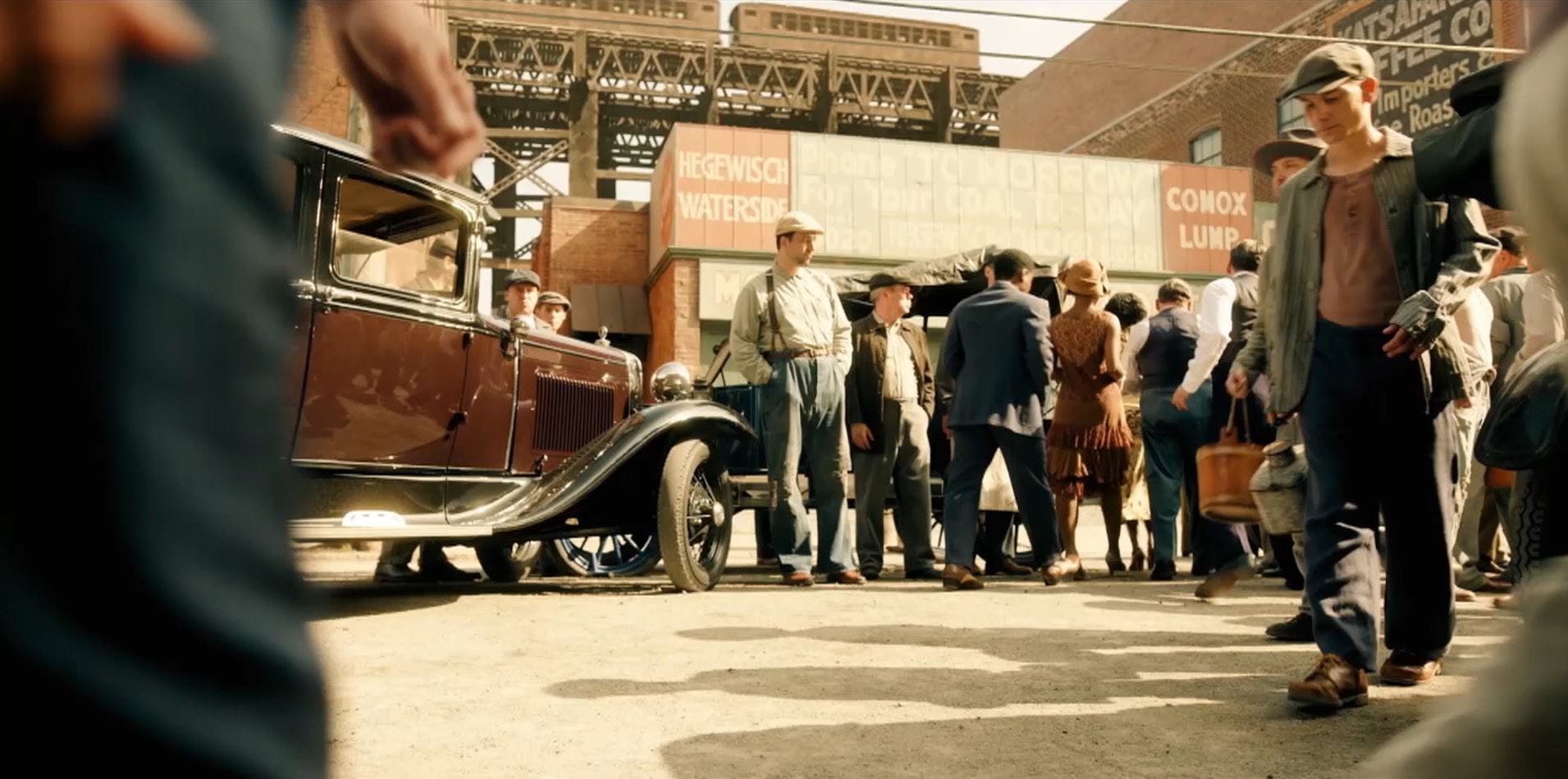
Adam: I’ve worked on 6 other feature films that are yet to be released, so I can’t say much about them. I can say that the upcoming films include some Marvel projects where I’ve worked as a Postvis Artist.
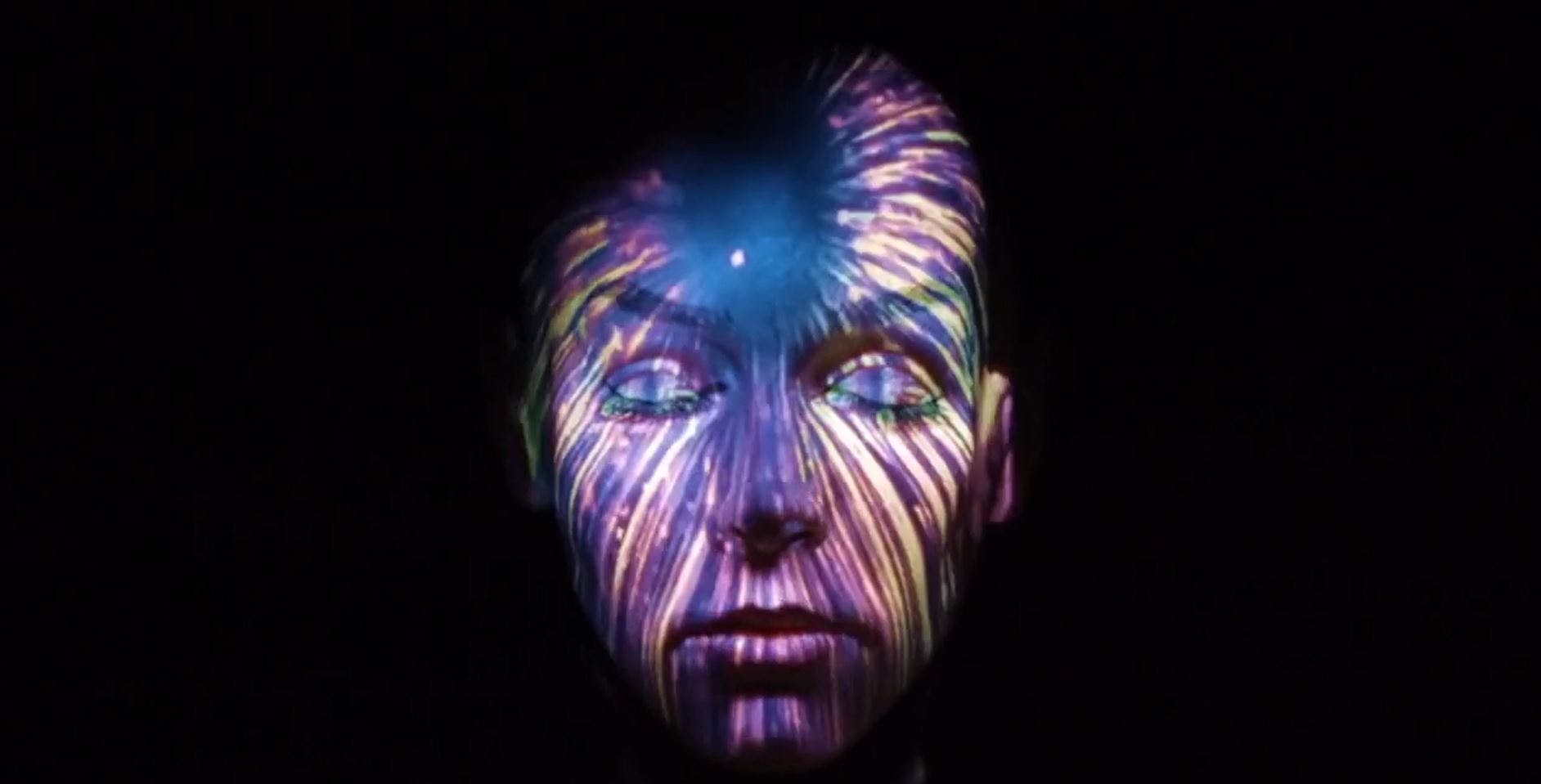
Adam: It all depends on the project needs, timeline and budget. A usual project will start with lots of research. I save all my references in a single folder and categorize them by subject. If I need to 3D-track a shot, I start with 3D Equalizer or PF Track. Modeling is usually done in Maya but, sometimes, I need ZBrush to add more detail. I’ll UV map the model and export it as an FBX for texturing and material work, which is usually done in Substance. Once done with the materials, I’ll export them to its initial renderer, which is usually Maya.
The last stage in the design process addressed design details like coloring, vectoring, file format, and exporting, also solving any remaining visual conflicts that weren’t addressed in the earlier stages. By this time, I had all the lettering and layout completed as well as the character line work and the colors I would be using. What remained was shading the character illustration in a way that was harmonious to the final composition and supported established focal points. The result turned out great!

“Attention to detail not only in things like texture but also in color, material, layout, and animation.”
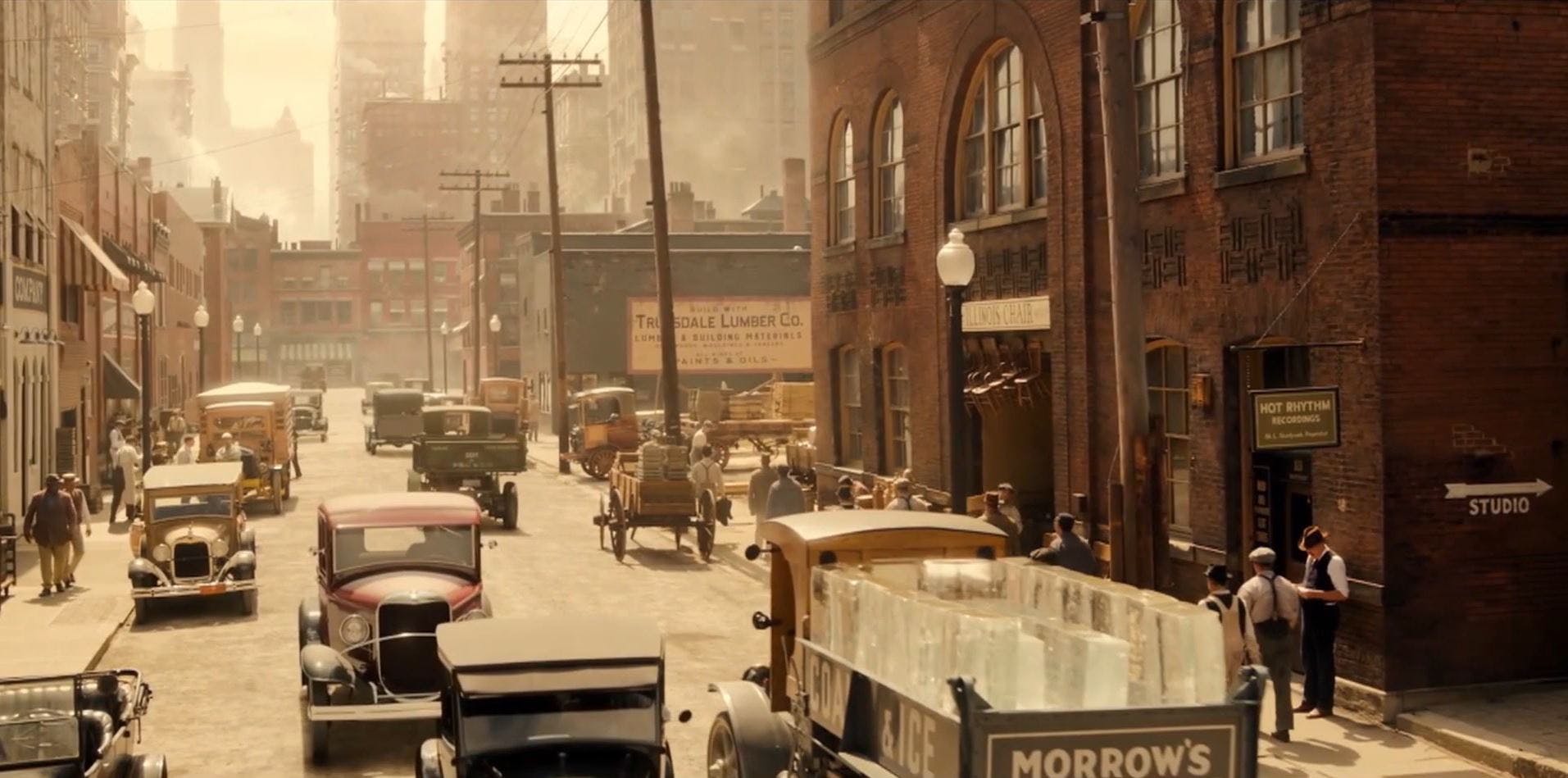
Adam: Practice. Start a project where you don’t know how to do something and teach yourself. Watch tutorials online. Find other artists who will give you feedback or pointers.
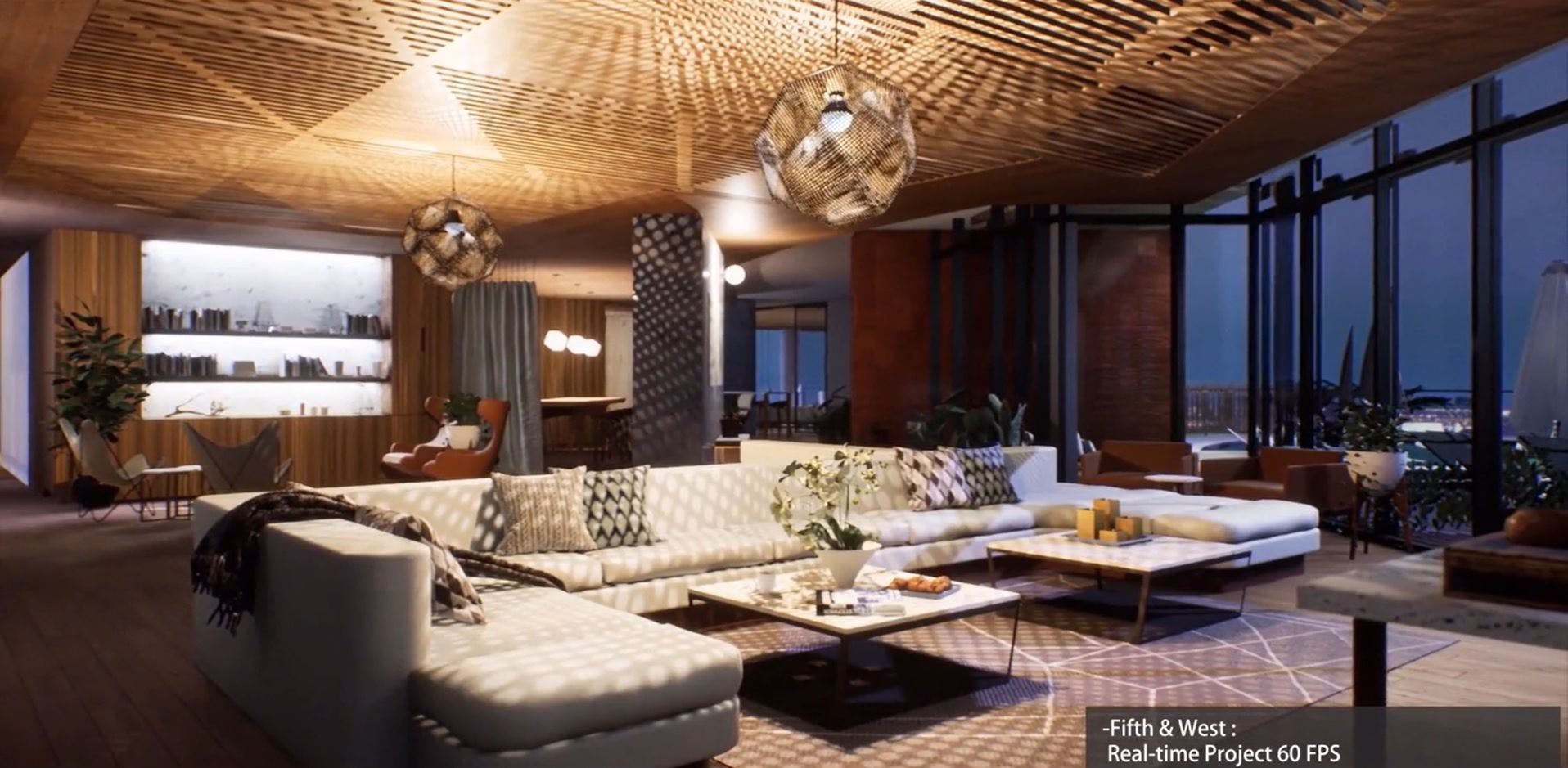
Adam Blair: I like to imagine a world of interactive 3D creation, where we don’t need to be sitting in front of a computer. One great way to stay in tune with the industry is to follow your favorite studios. Another great way to stay in tune is to look out for articles or interviews related to your interests. In general, bookmark 3D news, cgsociety.org, and 80.lv on your browser.
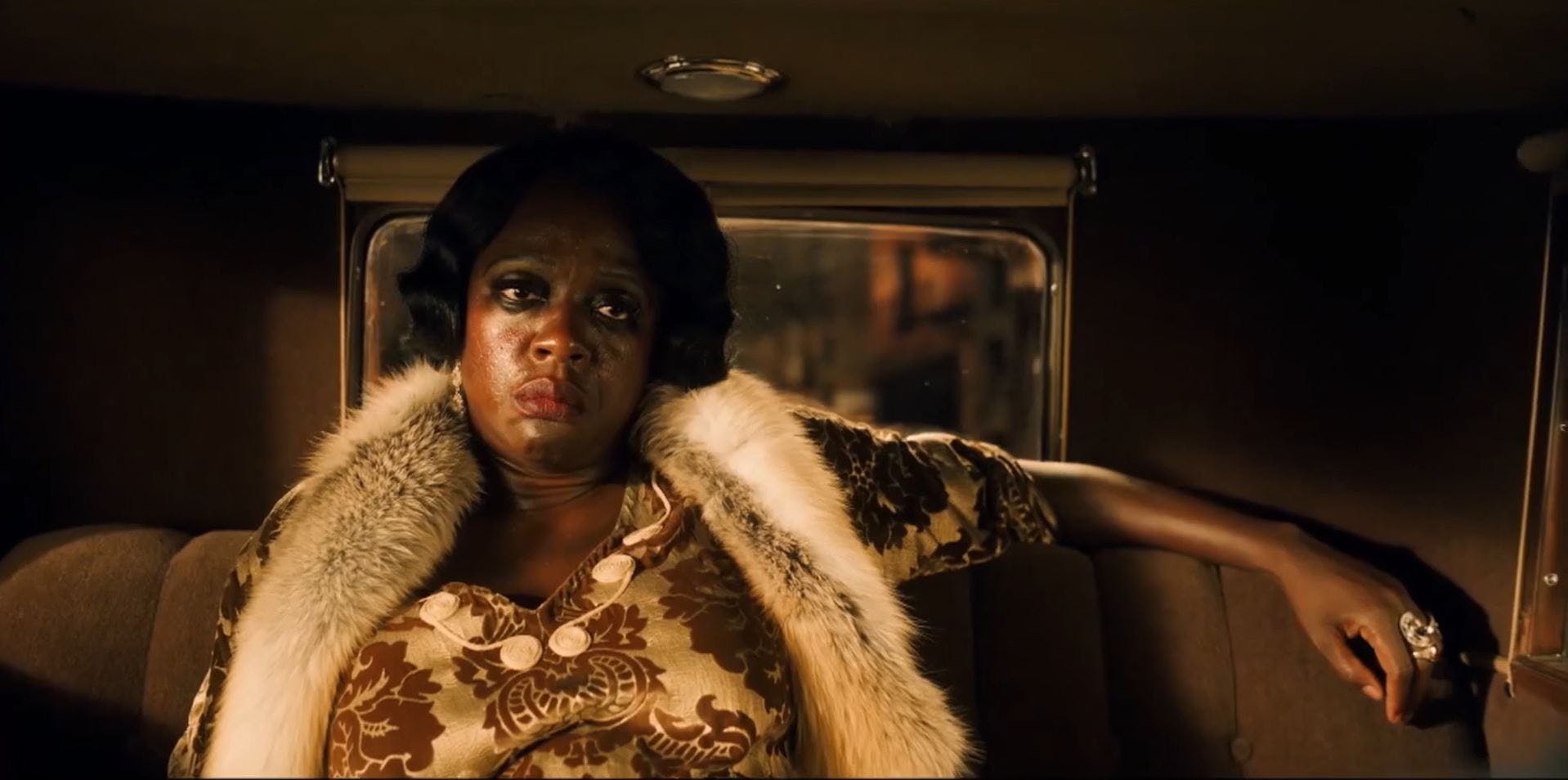
Adam Blair: I look forward to giving back to other artists who struggle to enter the field. As for the future, I don’t know what lies ahead but I’m excited to explore it.
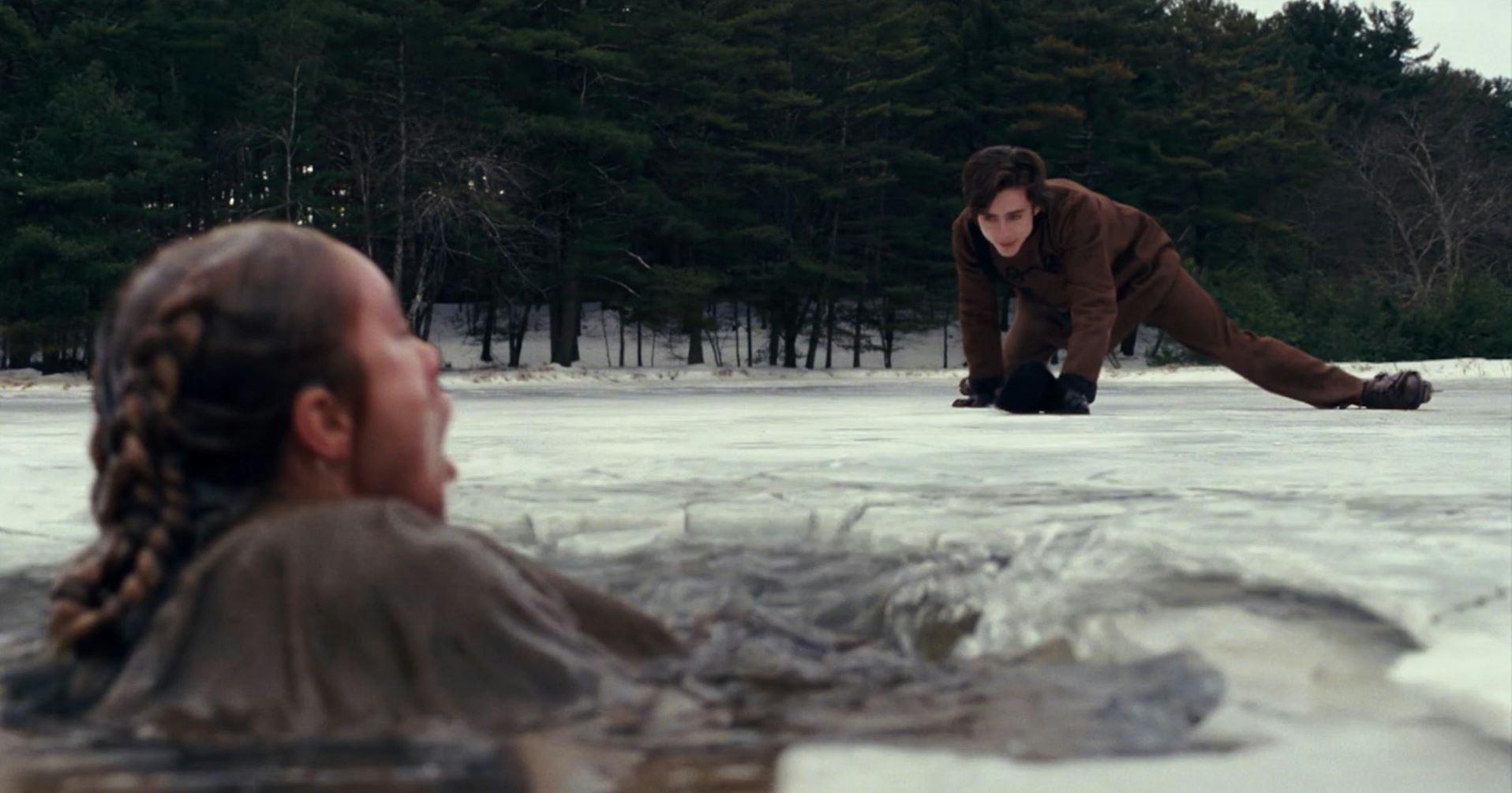
Adam Blair: Reach out to the artists who inspire you. Reach out to the studios you want to work for. Post your work and seek advice from fellow artists. Be a curious artist who needs to know why things look, feel, and move the way they do. Most importantly, research anything and everything you can on the subject you are creating. Informed decisions are better than guesses.
